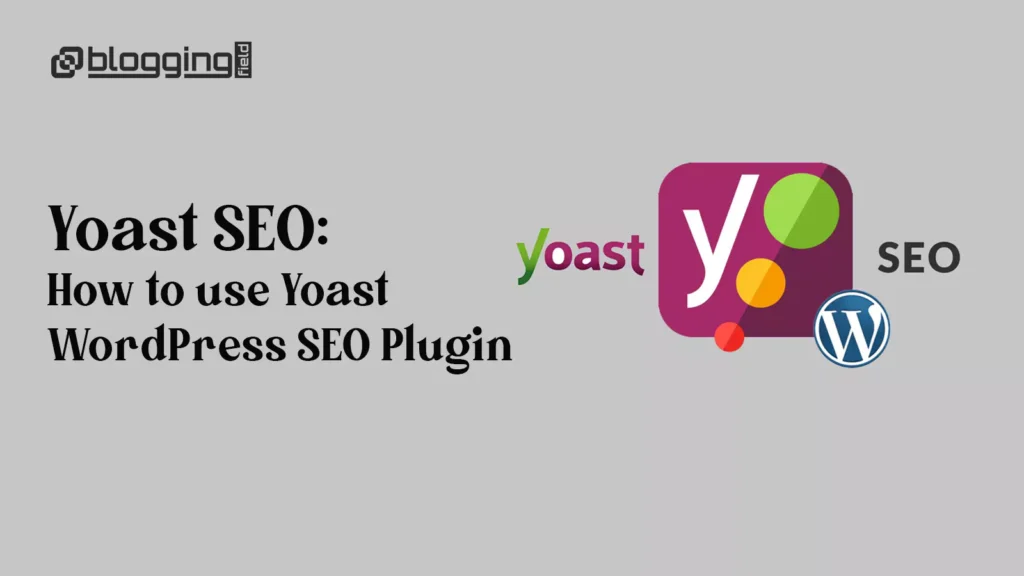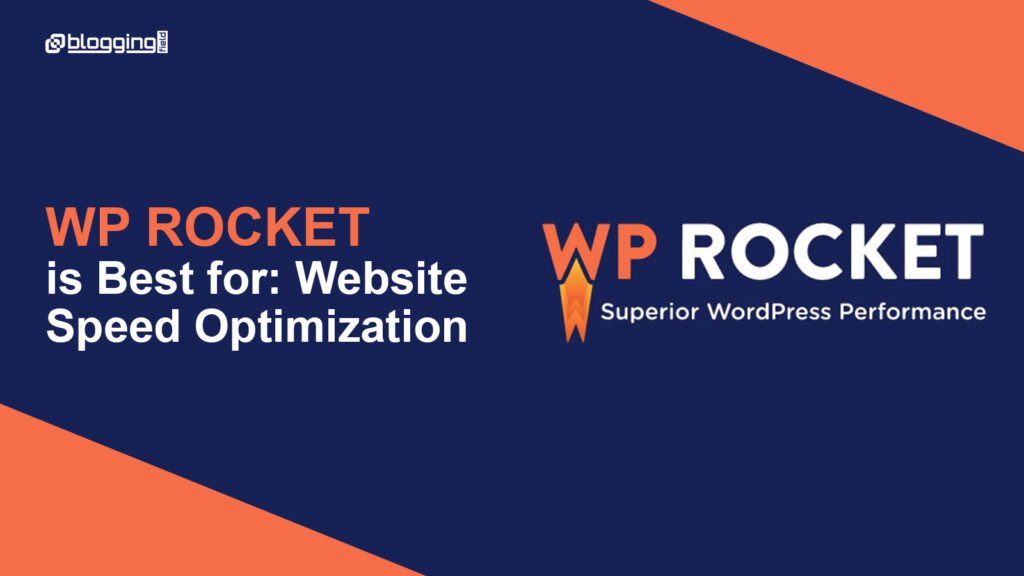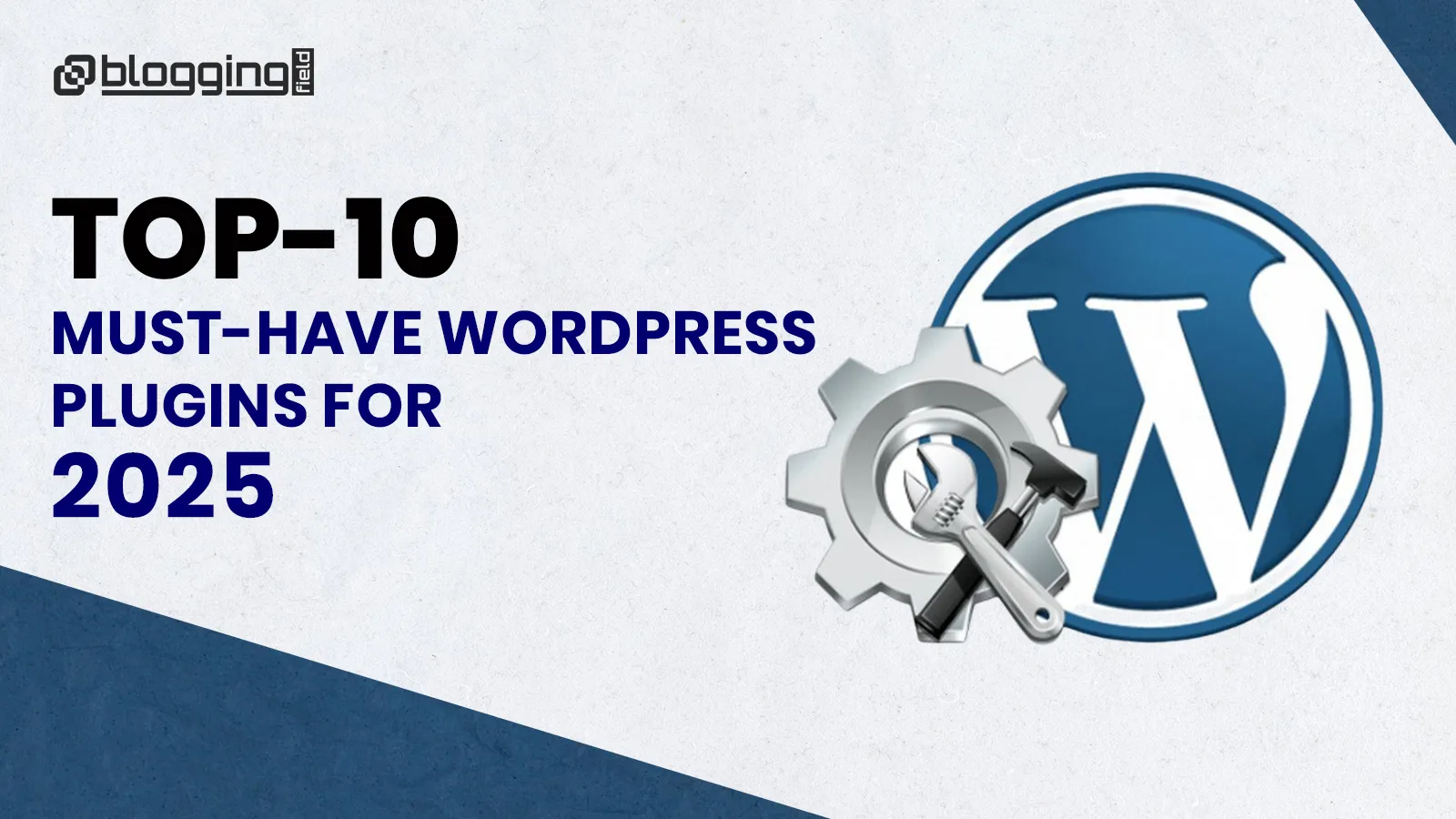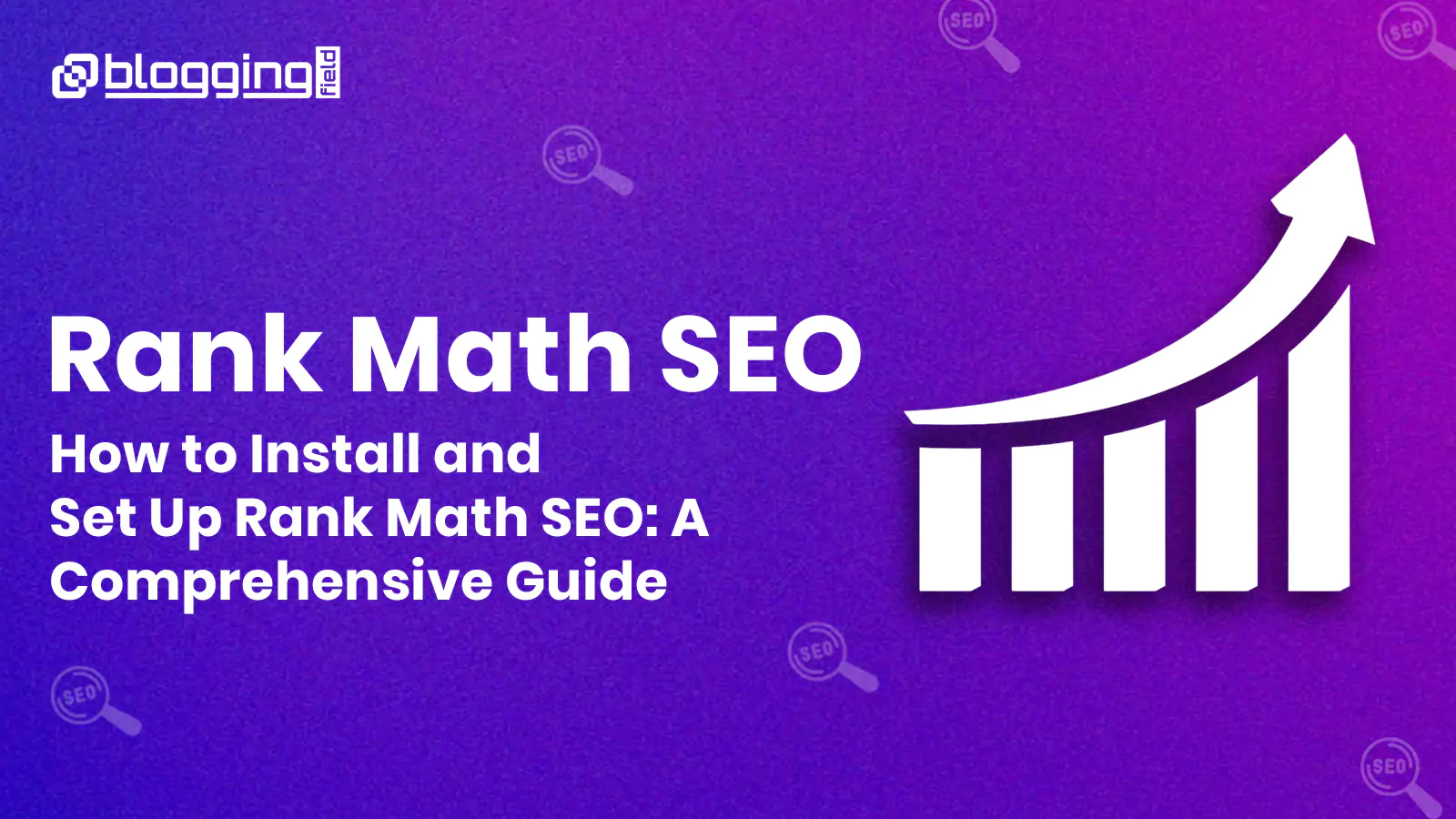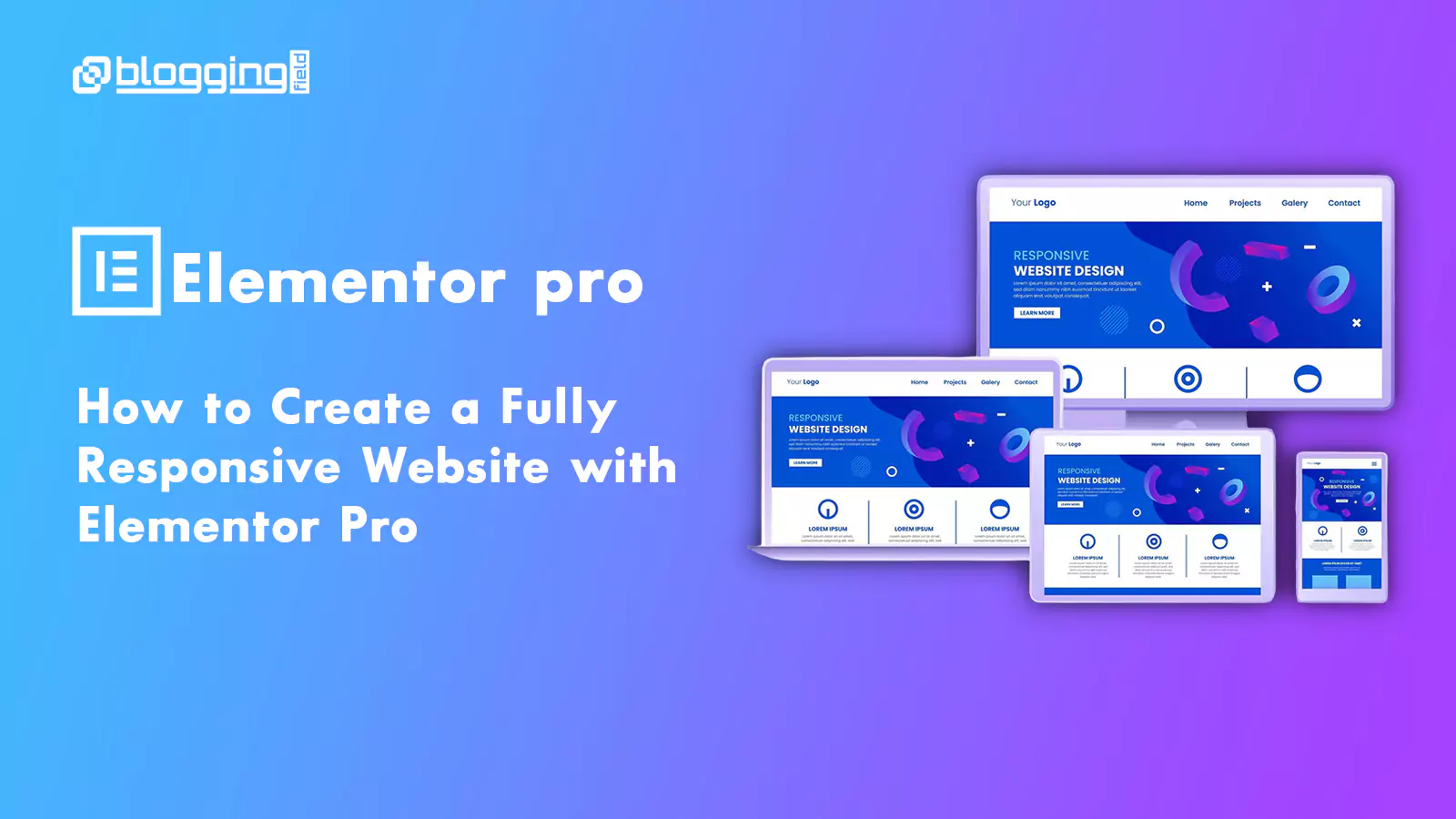Introduction
A well-designed yoga website is essential for attracting new clients, building trust, and growing your business. Whether you’re a yoga instructor, studio owner, or wellness coach, your website should reflect your brand, make it easy for visitors to book classes, and showcase your expertise. In this guide, we’ll explore key design elements, must-have features, and marketing strategies to create a yoga website that converts visitors into loyal students.
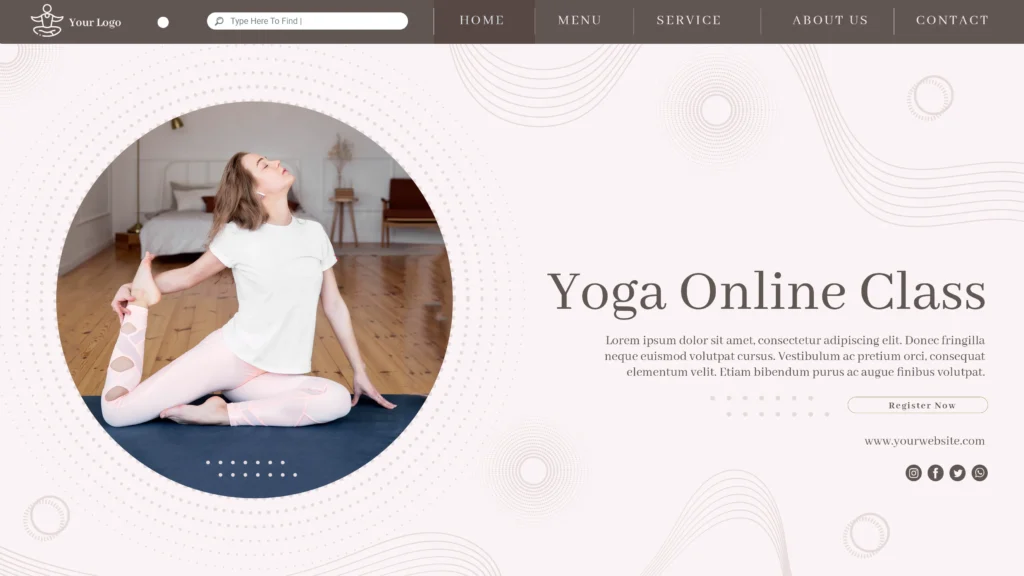
How a Yoga Website Can Help You Grow Your Business
A polished website instantly builds trust with potential students. Unlike social media profiles that come and go, a dedicated website shows you’re serious about your practice. Display your certifications, training background, and teaching philosophy to showcase expertise. Professional photos of your studio or classes create an inviting atmosphere that social media alone can’t match.
Your website works while you sleep. When someone searches “yoga classes near me,” a well-optimized site puts you ahead of competitors. Local SEO strategies like location pages, Google My Business integration, and area-specific keywords help nearby students find you exactly when they’re ready to practice.
Eliminate back-and-forth messages by integrating online scheduling. Modern booking systems like Mindbody, Glofox, or Calendly allow students to:
- View real-time class availability
- Reserve spots instantly
- Make secure payments
- Receive automatic reminders
This convenience significantly increases sign-ups while reducing administrative work.
Increase your income by selling yoga products directly on your website. Offer mats, clothing, accessories, and wellness items, making it easy for clients to purchase quality products that enhance their practice.
Engage students between classes with:
• Email newsletters featuring tips and updates
• Member portals with exclusive content
• Challenges and virtual events
• Student spotlights and testimonials
This fosters connection and increases client retention rates.
Your yoga website should evoke peace and mindfulness. Use soft, natural colors (like greens, blues, and neutrals), plenty of white space, and serene imagery. Avoid clutter—keep the layout simple and intuitive. High-quality photos of your studio, classes, or nature scenes help create an inviting atmosphere.
Over 60% of web traffic comes from mobile devices, so your yoga website must look great on phones and tablets. Use a responsive design and optimize images for fast loading speeds. Slow websites frustrate users and hurt your Google ranking.
If you offer live or in-person yoga classes, having a clear and up-to-date calendar is essential. It helps visitors quickly see your class schedule, upcoming events, workshops, or retreats. You can dedicate an entire page to your calendar for detailed viewing or embed a dynamic calendar widget in a prominent spot—such as a sidebar, homepage section, or notification pop-up. Make sure it’s mobile-friendly and easy to update, so students always have access to the latest class times and can plan accordingly. A well-maintained calendar not only improves the user experience but also increases class attendance and client retention.
Make it effortless for visitors to sign up for classes. Include an interactive schedule with filters (by class type, instructor, or difficulty level). Integrate a booking system (like Mindbody, Glofox, or Acuity Scheduling) so students can reserve spots instantly.
Social proof builds trust. Feature student testimonials, before-and-after wellness journeys, or video reviews. Highlighting real experiences encourages new clients to try your classes.
Guide visitors toward booking with clear CTAs like “Book Your First Class Free” or “Join Our Online Studio Today.” Place these buttons prominently on the homepage, header, and after testimonials.
Include clear links to your social media profiles. They give visitors a glimpse into your personality, services, and how you connect with your yoga community.
Types of Yoga Websites You Can Design
A personal yoga instructor website is ideal for solo practitioners who want to establish their online presence. It typically features an engaging bio, showcasing your certifications, teaching style, and philosophy. These websites often include a class schedule, a booking system for one-on-one or group sessions, and testimonials from students to build trust. A blog or video section can help you share knowledge, improve SEO, and position yourself as an expert in your field.
Yoga studio websites are built for businesses with a physical location and multiple instructors. These sites highlight class timetables, teacher bios, studio facilities, and membership plans. A strong studio website often includes an online booking and payment system, making it easy for new and existing students to sign up. Adding visuals like photo galleries and virtual tours can enhance the user experience and give potential members a feel for the studio environment.
For instructors or studios offering virtual sessions, an online yoga class website is a must. These platforms host pre-recorded video classes, live-streaming capabilities, and interactive features like class comments or Q&A. Many also include membership subscriptions, user dashboards, and mobile optimization to ensure seamless access across devices. This type of site is perfect for reaching a global audience and building recurring revenue through digital classes.
An ecommerce yoga website is perfect for those selling yoga-related products such as mats, props, clothing, or digital downloads. These sites include a product catalog, shopping cart, secure checkout, and customer reviews. They can also host digital products like online courses, eBooks, or guided meditations. Integrating payment gateways, shipping options, and marketing tools helps convert visitors into loyal customers.
How to Build a Yoga Website
Before you start designing, get clear on your website’s goal. Are you offering online classes, promoting a local studio, selling yoga products, or building a blog? Knowing your purpose helps shape the structure, content, and design. Also, consider your audience—what are they looking for? Beginners, advanced yogis, or wellness enthusiasts may all need different types of content and features.
Pick a platform that suits your technical skills and business needs. Beginners may prefer easy-to-use website builders like Wix, Squarespace, or Webflow, while more advanced users or those hiring developers may opt for WordPress for greater flexibility and scalability. Make sure the platform allows for mobile responsiveness, SEO customization, and integration with tools like booking systems and email marketing.
Your domain name should reflect your brand and be easy to remember (e.g., yournameyoga.com or flowwithsarah.com). Once you’ve chosen a name, register it through a domain provider. Then, select a reliable hosting provider if your platform doesn’t include hosting. Fast, secure hosting ensures your site loads quickly and stays online without interruptions.
Create a user-friendly layout with clear navigation. Start with essential pages like:
- Home
- About
- Classes or Services
- Schedule/Calendar
- Contact
- Blog (optional)
Your homepage should clearly convey who you are, what you offer, and what action visitors should take—such as booking a class or signing up for a newsletter.
Test and Launch
Before going live, test your website on different devices (desktop, tablet, mobile) and browsers to ensure everything works properly. Check for broken links, test your booking forms, and verify that pages load quickly. Once everything looks good, publish your site and start sharing it across all platforms.
Conclusion
A strategic yoga website is one of the smartest investments you can make for your business. It serves as your digital hub—attracting new clients, streamlining operations, and building lasting relationships. In 2025’s competitive wellness market, not having a website means missing countless opportunities to grow and sustain your yoga business.
Frequently Asked Questions (FAQs)
How quickly will I see results from my yoga website?
With proper SEO, you can attract new students within 2-3 months. Immediate benefits include easier bookings and professional credibility.
What's the most important page on my yoga website?
Your homepage (first impression) and schedule/booking page (conversion driver) are critical. Don’t neglect your About page—people connect with your story.
How often should I update my yoga website?
Refresh content monthly (blog posts, class updates), redesign every 2-3 years to stay modern. Regular updates help SEO rankings.





